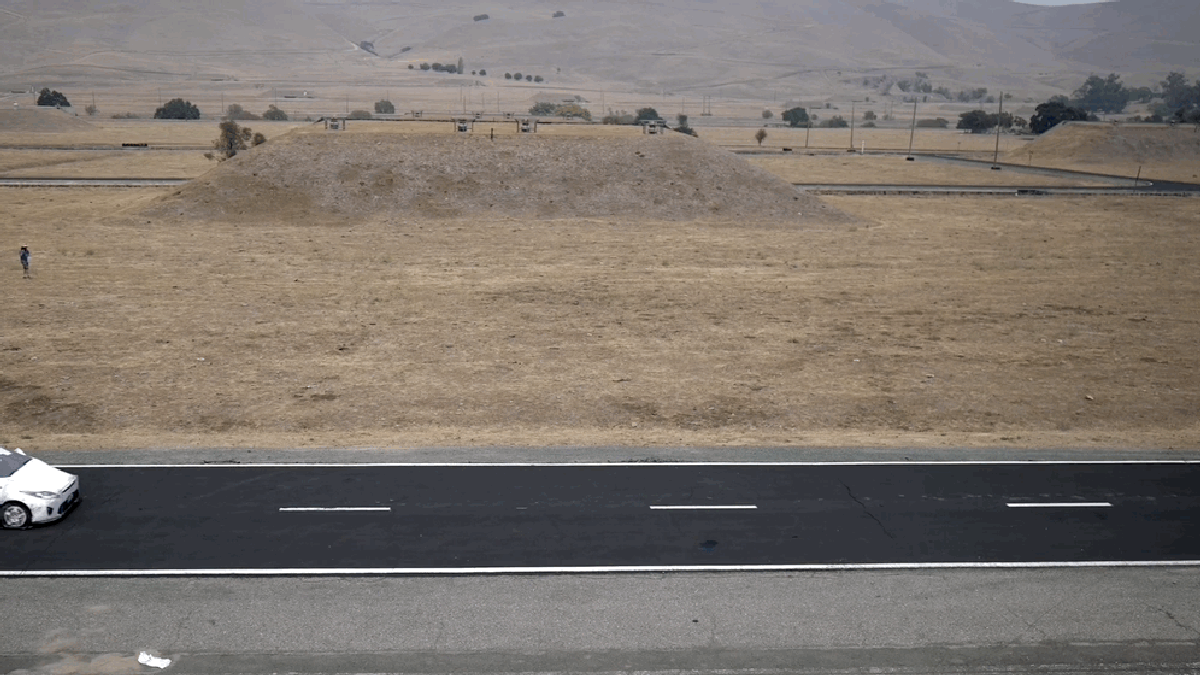'Self-Driving' Level 2 Autonomy Systems Still Pretty Crappy: AAA Study

American drivers are wary of cars that make big claims about their Level 2 semiautonomous systems and they have every right to be, according to a new study and engineering test from AAA.
First, AAA surveyed American drivers about how they feel about the development of self-driving technology. Surprisingly, we are, in general, not all that jazzed at the idea of self-driving cars. Eighty-five percent of people surveyed straight up don’t trust self-driving cars to keep themselves or their family safe. As someone who still looks in the rearview mirror and turns around to backup despite having a perfectly good backup camera right in front of me, I get it. The machines are not always to be trusted.
Only 18 percent were interested in fully self-driving cars. Over three quarters—77 percent—actually want automakers to focus on improving current driver assistance technologies over introducing a fully self-driving vehicle.
There’s certainly a lot of room for improvement. The second half of this study from AAA tested the effectiveness of current Level 2 self-driving technologies and found them severely lacking. AAA’s Automotive Engineering ran a 2021 Subaru Forester with “EyeSight,” a 2021 Hyundai Santa Fe with “Highway Driving Assist” and a 2020 Tesla Model 3 with “Autopilot” through 15 test runs using a foam dummy car and bicyclist. The results weren’t great (emphasis added):
A head-on collision occurred during all 15 test runs for an oncoming vehicle within the travel lane. Only one test vehicle significantly reduced speed before a crash on each run.
• For a slow lead vehicle moving in the same direction in the lane ahead, no collisions occurred among 15 test runs.
• For a cyclist crossing the travel lane of the test vehicle, a collision occurred for 5 out of 15 test runs, or 33% of the time.
• For a cyclist traveling in the same direction in the lane ahead of the test vehicle, no collisions occurred among 15 test runs.
While the refinement of available active driving assistance systems improves, drivers must remain continuously engaged in the driving task.
“You can’t sell consumers on the future if they don’t trust the present,” said Greg Brannon, director of AAA’s automotive engineering in a press release. “And drivers tell us they expect their current driving assistance technology to perform safely all the time. But unfortunately, our testing demonstrates spotty performance is the norm rather than the exception.”
Despite 12 percent of respondents telling AAA they believed autonomous vehicles are available for purchase right now, no self-driving cars exist on the market and we are a long way off from having them if we ever do. Tesla has been promising full autonomy next year for almost a decade at this point. Though some car makers are taking small, unsexy steps towards Level 3 autonomy, our current Level 2 autonomy sucks and will continue to suck. That’s because Level 2 forces humans to do one of the tasks we are the worst designed for; passively watch over something monotonous and repetitive but still be ready to intercede at a moment’s notice.
The failure in the head-on collision portion is particularly significant, as such crashes pose the greatest risk to drivers and passengers. This is the third year AAA has put Level 2 vehicles to the test and found significant gaps in performance. It’s a great reminder that no self-driving cars exist for sale right now and we are a long way off from having them if we ever do.



